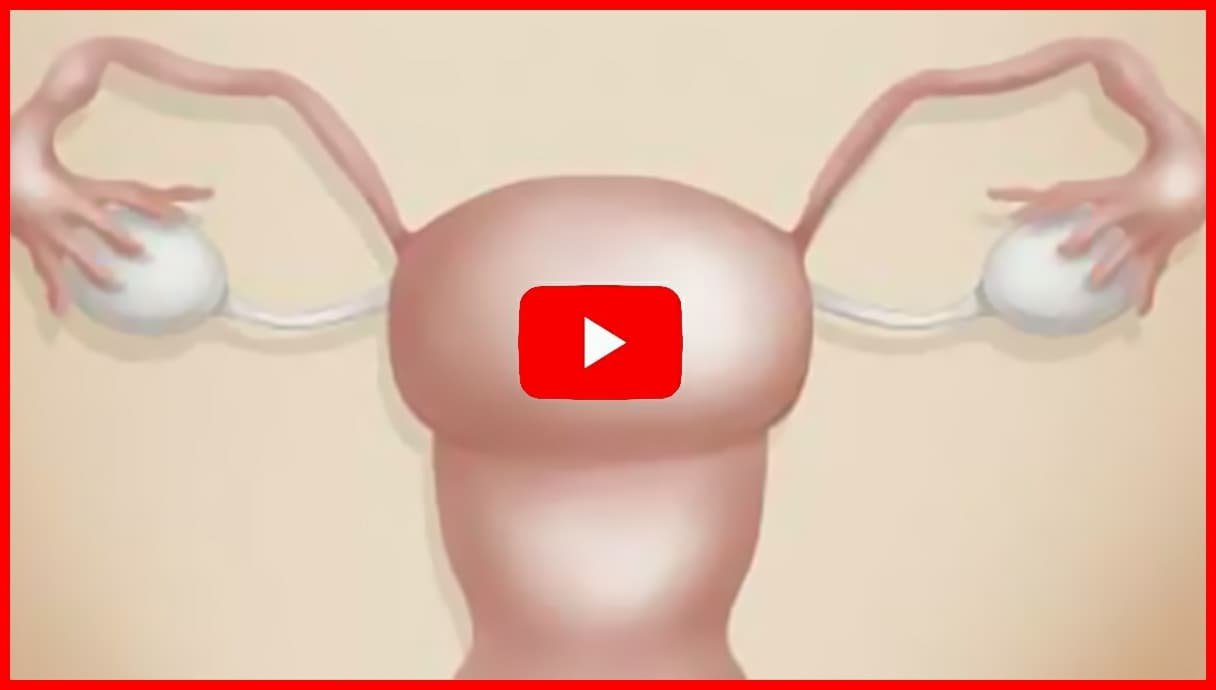Ovulation Tracking Methods: Understanding Your Fertility Window with Precision and Care
Ovulation is a central aspect of female reproductive health, marking the days when conception is most likely. Accurate ovulation tracking is essential not only for those trying to conceive but also for individuals who want to better understand their menstrual cycles or use natural family planning methods. Various tracking methods exist, each with distinct advantages, limitations, and considerations. By understanding these approaches, women and couples can make informed choices and feel empowered in managing reproductive health.
1. Calendar-Based Tracking
Calendar-based tracking involves recording menstrual cycles over several months to identify patterns and estimate ovulation days. It is based on the general principle that ovulation occurs approximately 14 days before the start of the next period in women with regular cycles.
Pros:
-
Simple and cost-free
-
Useful for spotting long-term cycle patterns
Cons:
-
Less accurate for women with irregular cycles
-
Monthly variations can affect precision
Calendar tracking is best used alongside other methods for improved accuracy.
2. Basal Body Temperature (BBT) Measurement
BBT tracking involves measuring body temperature daily upon waking, before any physical activity, using a specialized basal thermometer. A slight rise of 0.4–0.8°F (0.2–0.4°C) typically indicates ovulation has occurred.
Pros:
-
Provides individualized insights into ovulation
-
Can help confirm the fertile window retrospectively
Cons:
-
Requires daily, consistent measurement
-
Temperature can be influenced by illness, sleep disturbances, or alcohol
BBT works best when combined with cervical mucus tracking for a more comprehensive understanding of fertility.
3. Cervical Mucus Monitoring
Cervical mucus changes throughout the menstrual cycle. As ovulation approaches, mucus becomes clear, stretchy, and egg-white in consistency, signaling peak fertility. Monitoring these changes daily helps identify the most fertile days.
Pros:
-
Provides real-time fertility indicators
-
Non-invasive and cost-free
Cons:
-
Subjective observation can lead to misinterpretation
-
Certain infections or medications may alter mucus appearance
4. Ovulation Predictor Kits (OPKs)
OPKs detect the luteinizing hormone (LH) surge that occurs 24–36 hours before ovulation. These kits are available as strips, sticks, or digital devices.
Pros:
-
Highly accurate for predicting imminent ovulation
-
Easy to use for couples actively trying to conceive
Cons:
-
Can be affected by hormonal medications or conditions like PCOS
-
Requires daily testing during the fertile window
5. Fertility Apps and Wearable Devices
Modern fertility tracking apps and wearable devices integrate data from BBT, cervical mucus, and cycle history to predict fertile days. Advanced algorithms and artificial intelligence can enhance prediction accuracy, making these tools increasingly popular.
Pros:
-
Personalized fertility predictions
-
Convenient and often visually easy to interpret
Cons:
-
Accuracy depends on consistent data entry
-
May require a subscription for advanced features
Conclusion
Accurate ovulation tracking empowers women and couples to understand their fertility and optimize conception timing. Combining methods—such as calendar tracking, BBT, cervical mucus monitoring, and OPKs—provides the most reliable insights into the fertile window. For those with irregular cycles or underlying health conditions, consulting a healthcare provider can further enhance accuracy and provide guidance tailored to individual reproductive needs.
Reproductive Health Education: Empowering Individuals Through Knowledge and Awareness
Reproductive health education is a cornerstone of individual well-being and societal health, providing the knowledge and tools needed to make informed decisions about fertility, sexual health, and overall reproductive care. Comprehensive education fosters confidence, reduces stigma, and encourages proactive behaviors that support reproductive longevity. Effective reproductive health education requires collaboration among educational institutions, healthcare providers, community organizations, and policymakers to ensure information is accurate, inclusive, and accessible for diverse populations.
Understanding the Basics of Reproduction
A strong foundation in reproductive biology is essential for informed decision-making. Key areas include:
-
Menstrual cycle and hormonal regulation: Understanding how hormones like estrogen and progesterone regulate ovulation and fertility.
-
Conception processes: Knowledge of how fertilization occurs, implantation, and early embryonic development.
-
Lifestyle influences: Awareness of how nutrition, stress, exercise, environmental toxins, and medical conditions affect reproductive health.
Recognizing personal fertility signs—such as ovulation symptoms and cycle patterns—enables individuals to understand their bodies and make choices that align with their reproductive goals.
Addressing Myths and Misconceptions
Reproductive health is often surrounded by misinformation, which can create unnecessary fears or unrealistic expectations. Common myths include misconceptions about fertility age, contraception, or assisted reproductive technologies. Education should clarify that reproductive health is a lifelong journey influenced by physical, emotional, and environmental factors. Seeking professional advice is an act of self-care, not failure.
Essential Topics in Reproductive Health Education
Comprehensive education should cover:
-
Contraception and family planning options
-
Sexually transmitted infections (STIs) and their prevention
-
Fertility preservation and reproductive technologies
-
Importance of routine health screenings
Creating a stigma-free environment where questions are welcomed encourages trust, openness, and engagement. This approach helps individuals make informed decisions and respect their reproductive rights and responsibilities.
Tailoring Education for Diverse Populations
Special attention should be given to:
-
Teenagers and young adults
-
Marginalized communities
-
Individuals with disabilities
Culturally sensitive, linguistically appropriate, and developmentally tailored resources improve comprehension and acceptance. Incorporating reproductive health education into school curricula, community outreach, and workplace wellness programs broadens reach and fosters a culture of awareness, responsibility, and proactive health management.
Empowerment Through Access and Support
Education alone is not enough; access to credible resources, healthcare services, and support networks is equally critical. Knowledgeable individuals are more likely to:
-
Seek timely medical advice
-
Undergo necessary screenings
-
Adopt healthy lifestyle habits that enhance reproductive health
By providing the right combination of knowledge, resources, and supportive environments, reproductive health education empowers individuals to navigate their reproductive journey confidently, reduce infertility risks, and maintain lifelong reproductive wellness.
🏆 NuviaLab Female Fertility is a 19-ingredient food supplement that is a natural support for female fertility. The product is formulated with the highest quality plant extracts, vitamins and minerals to support female reproductive health.
🏆 Regular use of NuviaLab Female Fertility helps to maintain normal fertility and also supports the maintenance of natural sexual activity. The product plays an important role in the cell division process and reduces feelings of fatigue and tiredness. NuviaLab Female Fertility is the ideal solution for the modern woman.
Reproductive Health Screening: Essential Assessments for Maintaining Fertility and Overall Well-Being
Reproductive health screening is a crucial step in preserving fertility and promoting overall reproductive wellness. Regular assessments enable early detection of potential issues, facilitate timely interventions, and help safeguard reproductive function. These screenings are particularly important for individuals planning to conceive, those experiencing fertility challenges, or anyone who wishes to monitor their reproductive health proactively. By identifying and addressing concerns early, individuals can improve their chances of healthy conception and pregnancy.
Initial Assessment: Medical History and Physical Examination
The screening process typically begins with a comprehensive review of medical history and a physical examination. This step helps identify risk factors such as hormonal imbalances, anatomical abnormalities, infections, or chronic health conditions that may affect fertility. Healthcare providers gather information on menstrual patterns, past pregnancies, sexual health, and lifestyle factors to guide further evaluation.
Hormonal Evaluation
Blood tests are essential to assess reproductive hormone levels, including:
-
Follicle-stimulating hormone (FSH)
-
Luteinizing hormone (LH)
-
Estrogen and progesterone
-
Thyroid hormones
These tests provide insights into ovarian reserve, ovulation status, and overall hormonal balance, helping clinicians identify potential fertility issues and determine appropriate next steps.
Imaging and Structural Assessments
Imaging studies are frequently used to evaluate reproductive organs:
-
Ultrasound: Detects ovarian cysts, fibroids, uterine polyps, or other structural abnormalities.
-
Hysterosalpingography (HSG) or Sonohysterography: Assesses fallopian tube patency, critical for natural conception.
For male partners, semen analysis remains a standard screening tool, evaluating sperm count, motility, and morphology—key factors in male fertility.
Screening for Sexually Transmitted Infections (STIs)
STIs such as chlamydia, gonorrhea, and syphilis can impair fertility if left untreated. Routine STI screening and prompt treatment are vital for maintaining reproductive health and preventing complications that could affect fertility or pregnancy outcomes.
Lifestyle Assessment and Counseling
Healthcare providers often assess lifestyle factors that influence fertility, including:
-
Nutrition and diet quality
-
Weight management
-
Smoking and alcohol use
-
Stress levels and mental health
Tailored counseling can help individuals optimize their reproductive health, particularly for those managing chronic conditions like diabetes, thyroid disorders, or hormonal imbalances.
Fertility Preservation Options
Advances in reproductive medicine offer options for preserving fertility, such as egg, sperm, or embryo freezing. Regular screenings and consultations with reproductive specialists enable individuals to explore these options and make informed decisions about their reproductive future.
Conclusion: Proactive and Empowering Care
Reproductive health screening is a proactive approach that provides critical information about reproductive status and potential challenges. Maintaining regular contact with healthcare providers, adhering to recommended screening schedules, and adopting healthy lifestyle habits are key steps in safeguarding fertility. Early detection and intervention can significantly improve reproductive outcomes, ensuring individuals are well-prepared for their unique reproductive journeys.
🏆 NuviaLab Female Fertility is a 19-ingredient food supplement that is a natural support for female fertility. The product is formulated with the highest quality plant extracts, vitamins and minerals to support female reproductive health.
🏆 Regular use of NuviaLab Female Fertility helps to maintain normal fertility and also supports the maintenance of natural sexual activity. The product plays an important role in the cell division process and reduces feelings of fatigue and tiredness. NuviaLab Female Fertility is the ideal solution for the modern woman.








